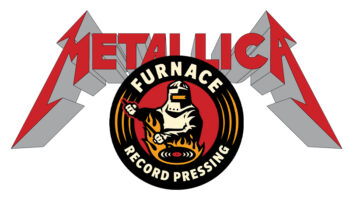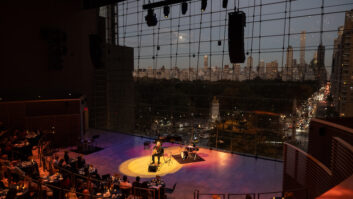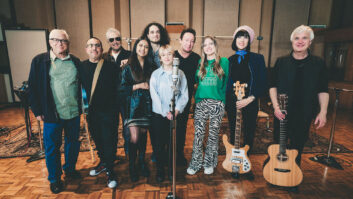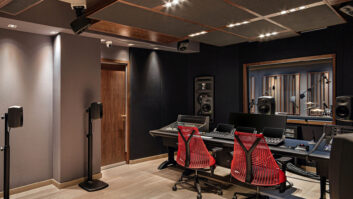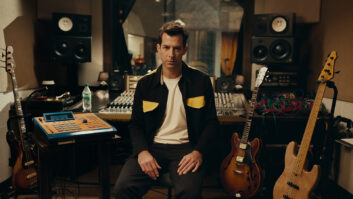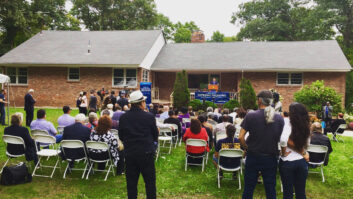Ross A’hern, engineer; Greg Simmons, producer; and Ben Gurton, trombone/client.
Sydney, Australia (June 17, 2013)-Ross A’hern recently added DXD and DSD multitrack capability to his portable Pyramix system, using it to record and mix a jazz album by trombonist Ben Gurton.

A’hern added DXD and DSD multitrack capability using a Horus fitted with 24 channels of analogue I/O. This makes him one of the few recording services in Australia offering high-resolution multitrack recording capable of DXD and DSD.
The rig was recently used to record a jazz album at Sydney’s Studio 301 for Ben Gurton and his producer Greg Simmons that was later mixed at The Chapel. The recording took a rather purist approach, with mics bypassing the studio’s Neve 88R console and feeding the recording system directly with a monitor mix fed directly via a pair of analogue outputs. To preserve the captured resolution, the mix was done on the original system, with analogue feeds sent to a second Pyramix set at single sample rate, for access to small amounts of reverb from a TC Electronic 6000. The choice of 44.1 kHz for the low res system was based on the fact that one of the delivery mediums was to be CD and had the added benefit of enabling direct comparison between the two resolutions while mixing. Mix monitoring was via a Grace 906 controller and ATC SCM speakers.
“Having worked at this resolution for an hour or so, your brain obviously adapts, because if you then switch back to a low sample rate, the effect is instant and undeniable,” according to A’hern. “The ‘size’ of the audio picture suddenly shrinks and hardens slightly. The top end becomes slightly granular and everything sounds less satisfying.
“In fact, it is this sense of satisfaction that was the most common factor in this exercise. Musicians in the studio left smiling broadly because their instruments sounded real—and at the end of a day of mixing, the engineering team was smiling broadly, too, because what they were listening to was effortless, nourishing music.”
Merging Technologies
www.merging.com

